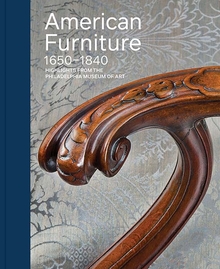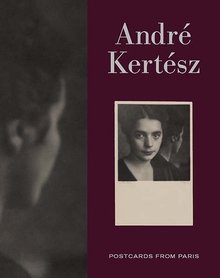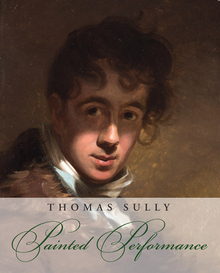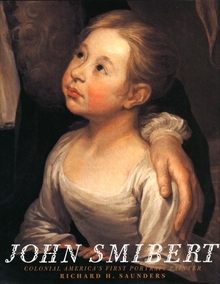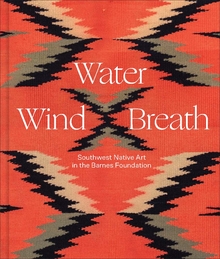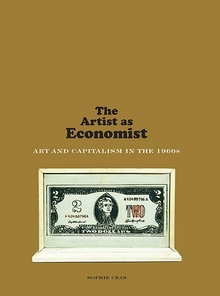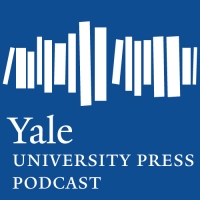Antifascism in American Art
WARNING
You are viewing an older version of the Yalebooks website. Please visit out new website with more updated information and a better user experience: https://www.yalebooks.com

Read this book online via the A&AePortal, our art and architectural history eBook platform. To learn more about how to access this book, please contact us.
Between 1933 and 1945, American painters of widely divergent political views and artistic styles shared a belief that their art should aid in the fight against fascism. In this engrossing book Cecile Whiting presents the first thorough study of the politically motivated art of this period.
Whiting shows how the various manifestations of antifascist art negotiated the competing demands of artistic conventions, aesthetic and political theories, and historical developments. She explores the art produced by the radical Left in the early 1930s and social-realist art of the late 1930s. She looks at the way in which Stuart Davis reconciled modernism with antifascist politics by celebrating American democracy through semi-abstract paintings, and how the regionalists Grant Wood, Thomas Hart Benton, and John Steuart Curry strengthened American patriotism with nationalist myths and propaganda for the Allied cause. Whiting explains that as such overtly political and nationalist art came under fire for resembling the propaganda of the enemy, social realists and regionalists alike sought to endow some of their paintings with more universal appeal. She concludes by examining the myth paintings of Mark Rothko and Adolph Gottlieb, which not only captured a sense of the chaos and violence of the war but also challenged the way Nazi, regionalist, and social-realist artists used myth for nationalist political purposes. The dominance of abstraction in the post-war art world, says Whiting, was the direct legacy of this contentious artistic debate on how best to use art in the service of antifascism.
ISBN: 9780300232189
Publication Date: September 10, 1989
Publication Date: September 10, 1989
272 pages, x


